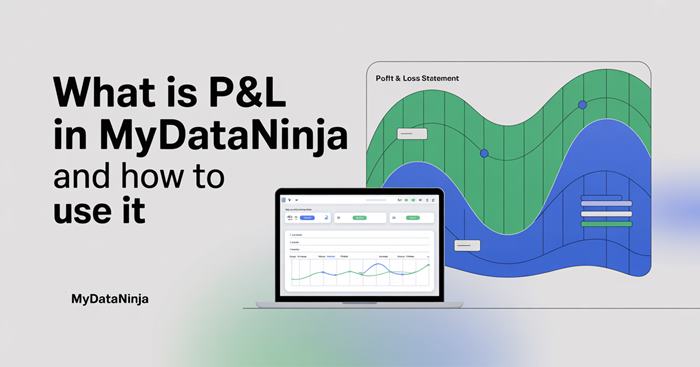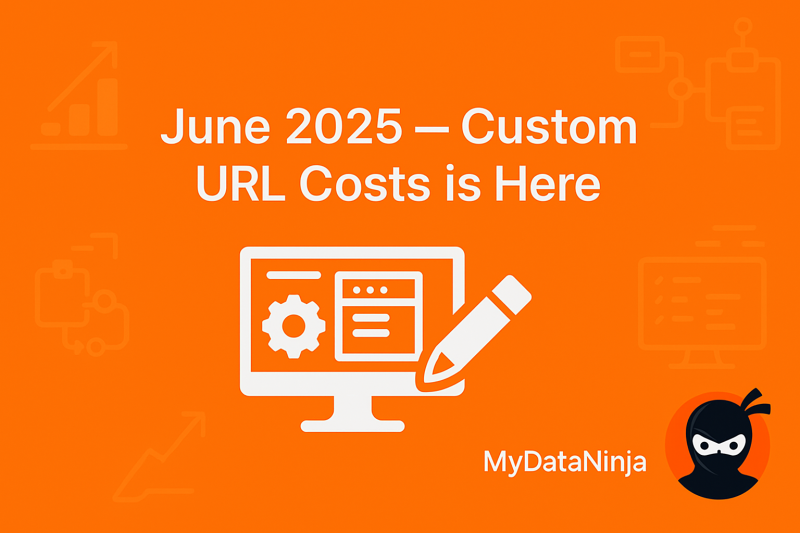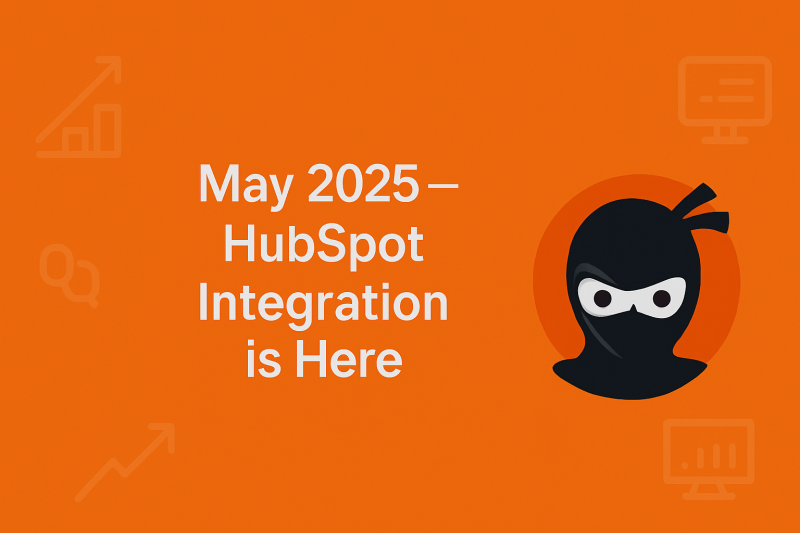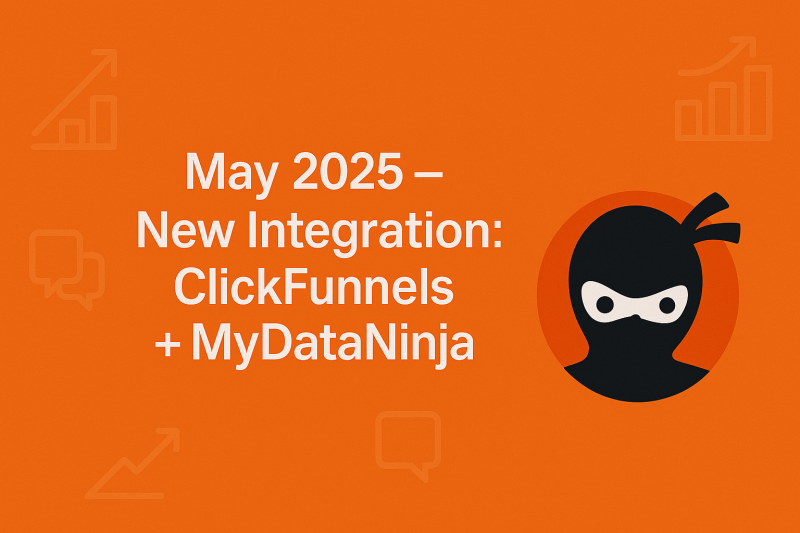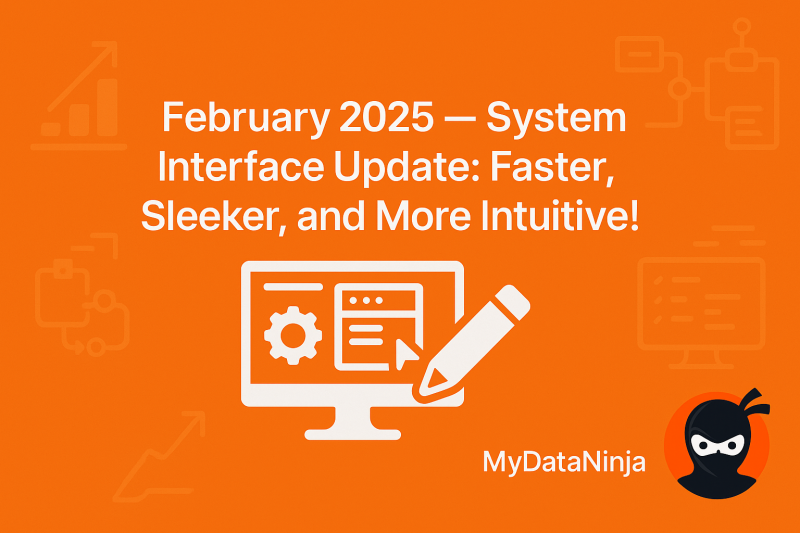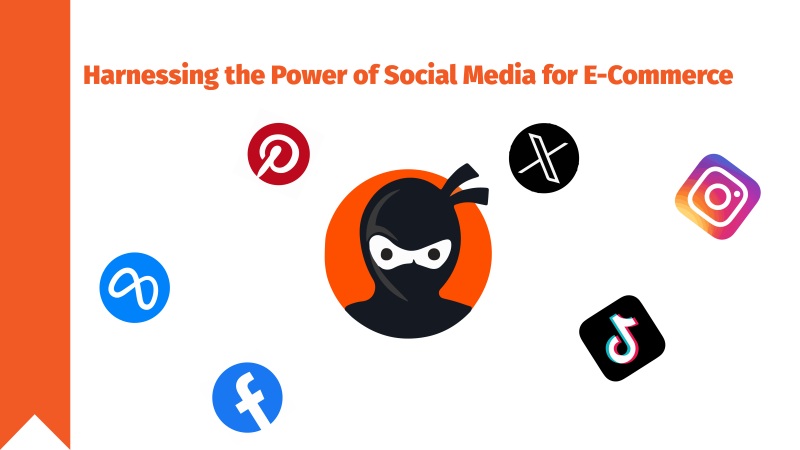
Social platforms are essential tools for all brands, but E-commerce shops need them the most. Today, if you don’t have a social footprint, you can consider yourself invisible. Suppose you want to increase sales, leave a better social footprint, and have a better engagement with your customers. In that case, his guide will explore various strategies that E-commerce shop owners can use to effectively leverage social media.
Understanding Your Audience

For you to make better advertisements on social media, you need to understand your customers. As an E-commerce shop owner, I’m advising you to use tools like:
- Facebook Analytics
- Instagram Analytics
- Twitter Analytics
- TikTok Analytics
Using these tools you can easily gather information about your customers’ online behaviors, demographics, and interests.
Creating Audience Personas
Also, don’t forget to create detailed personas that represent your typical customers. Include information like age, location, interests, and shopping behaviors. Using these statistics, your E-commerce advertisements will be more focused and well-targeted.
Choosing the Right Platforms

Not all social media are created equal, every last one of them has its own unique strategies and algorithms that you should learn. Now, I will overview some of the most important and popular social media platforms.
Facebook / Meta
For now, as a social media platform, Facebook has the biggest active user base, a total of 2.8 billion people are using Facebook every day. This makes it an excellent option for E-commerce social media marketing.
With this many people active every day, Facebook offers amazing reachability to your Ads, allowing e-commerce businesses to connect with potential customers globally. This extensive audience base increases the likelihood of attracting and retaining customers, thereby boosting sales and brand visibility.
One of the interesting and appealing things about Meta is its amazing ability to Ad targeting. You can choose the age, demographics, location, interests behaviors, and even past interaction with your brand of people you want to reach.
This precision targeting ensures that marketing efforts are directed towards the most relevant and likely-to-convert users, optimizing the ROI (return on investment).
Additionally, Facebook offers a vast amount of Ad content formats, such as:
- Images
- Videos
- Carousels
- Stories
This enables e-commerce shops to create engaging and visually appealing advertisements. These formats supply different stages of the buyer’s journey, from awareness to conversion, ensuring a comprehensive marketing strategy.
Also, Facebook’s integration with e-commerce tools, such as Facebook Shops and dynamic ads, improves the shopping experience. Users can discover, browse, and purchase your products without leaving the platform, reducing friction and enhancing convenience.
In conclusion, Facebook is the best social media platform for you to start Advertising your E-commerce shop.
For the second place, Instagram is the best option, with its 1 billion active monthly users, it offers a great visually driven interface for your E-commerce social media marketing. Instagram offers a vast and diverse audience, providing e-commerce businesses with plentiful opportunities to connect with potential customers worldwide.
As we mentioned, Instagram is a visually focused social media platform and gives your E-commerce shop to showcase their product in a appealing and immersive manner. High-quality images and videos can capture the attention of users scrolling through their feeds, making it easy to discover your products.
Moreover, Instagram offers you different ways to show your product to the audience, some of them are:
- Reels
- Stories
- Instagram shop tags
- IGTV
All of them are a great way to customize your page, the better your interface is, the more people think you are a trustworthy seller.
Instagram’s algorithm also prioritizes content based on user interests and engagement, allowing e-commerce businesses to reach their target audience more effectively. By leveraging hashtags, geotags, and strategic content partnerships, businesses can increase their visibility and attract relevant followers who are more likely to convert into a customers.
Instagram also offers a different great targeting option, such as:
- Photo Ads
- Video Ads
- Influencer partnerships
- Carousels
Instagram provides various avenues for E-commerce shops to promote their products and drive conversions. Instagram enables e-commerce businesses to improve their marketing strategies and measure their ROI effectively.
In conclusion, Instagram’s visually oriented platform, engaged user base, mixed features, and sturdy advertising tools make it an essential platform for e-commerce businesses looking to enhance their social media marketing efforts and drive sales.
Pinterest is another great visual social media platform and it will mostly drive traffic to your store. It stands out as a powerful platform for social media marketing for E-commerce shops, offering unique advantages such as its visual discovery model, engaged user base, and strong purchasing intent. With more than 450 million monthly users, Pinterest can provide you with a vast audience of people who seek ideas, inspiration, and products.
People usually browse Pinterest for organized pins and organized collections. This means that if you create a beautiful post that is visually appealing, people will be interested in your product. The visual side is the most important aspect of Pinterest, so keep this in mind.
Furthermore, Pinterest users display a strong purchasing intent, with many actively seeking out products to buy or ideas to implement in their lives. This intent-driven behavior makes Pinterest an excellent social media platform for driving sales and conversions for E-commerce businesses.
In conclusion, Pinterest’s visual discovery model engaged user base, and strong purchasing display make it a highly effective platform for social media marketing for E-commerce shops. By leveraging its unique features and optimizing its presence on the platform. businesses can increase brand visibility, drive sales, and engage with a highly receptive audience.
X (Twitter)
X (Twitter) is another great social media platform for your E-commerce store, it offers real-time nature, wide reach, and an engagement-focused environment. With its 330 million monthly users, X provides e-commerce businesses with a platform to connect with a diverse audience and drive brand awareness and sales.
The trend is created on X (Twitter), well most of the time. This is because X is a real-time platform, that allows you to participate in ongoing conversations, trends, and events as they unfold. Being up-to-date is crucial for E-commerce stores, so X is a great way to do so.
Twitter is also a great way to find out what people are thinking about you, if you are great about something, I’m sure there will be a post about it. This brings us to another great benefit of Twitter, communicating with your users (or haters) and gathering serious data about users’ likings and dislikes.
Moreover, Twitter’s advertising platform offers targeting options that allow e-commerce businesses to reach specific demographics, interests, and behaviors, maximizing the effectiveness of their marketing campaigns. Whether through promoted tweets, trends, or accounts, businesses can amplify their reach and drive traffic to their e-commerce websites.
In conclusion, Twitter’s real-time nature, wide reach, engagement-focused environment, and advertising capabilities make it a valuable platform for social media marketing for e-commerce shops. By leveraging its strengths and engaging with their audience effectively, businesses can increase brand visibility, drive sales, and build meaningful relationships with their customers.
TikTok
I saved the best for last, of course. TikTok is an essential social media platform for every E-commerce store, it’s a must basically. With 1 billion users, it’s full of creativity, virality, and audience engagement. TikTok provides e-commerce businesses with access to a diverse and highly engaged audience, making it an ideal platform for driving brand awareness and sales.
Most humans have short attention spans, so one of TikTok’s key strengths is its emphasis on short-form video content, which allows e-commerce shops to showcase their products in a visually compelling and entertaining way. By creating short creative videos, you can gather attention, generate interest, and drive traffic to their e-commerce websites.
Moreover, TikTok’s algorithm is designed to promote content based on user engagement, rather than follower count or popularity. This means that as a beginner, you have the same chance of getting the views and engagement as any other big company, this is if you have a correct and likable style and product.
And this brings us to another great point. People usually post everything on TikTok. For example, their problems or products they found. This means that you are either gonna solve their problem by finding the product they need or by getting the already-mentioned product and selling it yourself.
Additionally, TikTok’s advertising platform offers targeting options that allow e-commerce businesses to reach specific demographics, interests, and behaviors, maximizing the effectiveness of their marketing campaigns. Whether through in-feed ads, branded hashtag challenges, or influencer partnerships, businesses can leverage TikTok’s advertising capabilities to drive traffic, conversions, and sales.
In conclusion, TikTok’s emphasis on short-form video content, engaged audience, virality factor, and advertising capabilities make it an excellent platform for social media marketing for E-commerce shops. By creating compelling content, engaging with their audience, and leveraging TikTok’s advertising tools, businesses can increase brand visibility, drive sales, and connect with a new generation of consumers.
Creating Engaging Content For Your E-commerce

Creating high-quality content is crucial for your online footprint, and it’s not an easy job. This is why I’m going to give you some tips for better social media content that will make your E-commerce store advertising a bit easier
Product Spotlights
You should make a detailed description for your products, also, try using high-quality visual content. Keep an eye on the customer reviews and their likes or dislikes. Explain the benefits and features that make each product unique. Try to create a need and/or urgency for your products.
Behind-the-Scenes Content
To gain trust, you should let them see your “inside kitchen”, the workspace. By showing them the process of your product creation, or how you test your product, you will gain people’s trust. Also, do a fun video about how you are working, what you are doing, and how your workers do, nowadays people really care about the working environment, so first create a great one, and then show it to your audience.
User-Generated Content
Encourage your users to post something about you, like when they are using your product, or make them share tips and tricks. Don’t forget to repost/share it on your page, so they feel special and appreciated.
Leveraging Influencer Marketing

Most of the time, when you are beginning your E-commerce brand and getting into social media, people will not trust you, but they will trust their beloved social media influencers. This means that their voice is very important to you, so the sooner you start influential marketing, the better it is for you.
Finding the Right Influencers
- Use tools like:
- BuzzSumo
- AspireIQ
- Influence
These are the tools for finding the best influencers for you, and the thing I mean is that if you have a clothing brand, car influencers won’t be any help. Finding the best influencers based on your product might be a hassle, but it’s worth every second.
Creating Effective Collaborations
Work with influencers to create authentic content that showcases your products. Provide them with creative freedom while ensuring that your brand message is told accurately. Trusting them with creative freedom might be the best idea because they know their audience better than you.
Paid social media marketing might be one of the best and quickest ways to increase sales and drive targeted traffic to your e-commerce site. Here’s how to get started:
Setting Up Ad Campaigns
Use Facebook Ads Manager or Instagram Ads to create targeted ad campaigns. Define your objectives, select your audience, set your budget, and create compelling ad creatives. Being creative and eye-catching is the rule of thumb, but your mission might be wary. From creating Ads just for people to find out about you, to increased sales, you have total freedom when it comes to creating Ads for your E-commerce store.
Retargeting
Implement retargeting campaigns to re-engage visitors who have interacted with your site but haven’t made a purchase. Use custom audiences to show ads to users who have viewed specific products or added items to their cart.
Engaging with Your Audience
Engaging with your audience is very important for deserving loyalty or trust. There are many ways you can engage with your audience. We will go through some of them.
Responding to Comments and Messages
In this situation, the faster and nicer you are, the better. It doesn’t matter if it’s a chat or comment, the faster you answer, the more enjoyable experience it will be for a customer. Show appreciation for positive feedback and address any negative comments professionally.
Hosting Giveaways and Contests
Run social media contests and giveaways to increase engagement and attract new followers. Make sure the rules are clear and the prizes are appealing to your target audience.
Measuring and Analyzing Performance

Always testing and analyzing your data is a piece of common knowledge, right? Regularly analyze your social media performance to understand what works and what doesn’t. Use insights to refine your strategies and improve your results.
Key Metrics to Track
There are many metrics and statistics you have to track, but I will show you the essentials:
- CPM – Cost per 1,000 impressions
- CTR – Click-Through Rate
- Frequency – The average number of times each person saw your ad.
- CPC – Cost per Click
- ROAS – Return on Ad Spend
- Link Clicks – The number of clicks on links within your ad
- MER – Marketing Efficiency Ratio
- CVR – Conversion Rate
- CAC/CPA – Customer Acquisition Cost
- Thumb Stop (Hook) Rate – The percentage of people who watch 3 seconds of your video ad
- Hold Rate – The percentage of people who watch 15 seconds of your video ad
- Landing Page Views – The number of times people landed on your advertised webpage after clicking the ad.
Keep an eye out for these statistics, make a change if necessary, and try to improve every last one of them. Use tools like Google Analytics and social media analytics to gather data.
Adjusting Your Strategy
Based on your analysis, adjust your content, posting schedule, and advertising strategies to optimize performance. Experiment with different approaches to see what resonates best with your audience. Not everything needs a change, but everything can be better, so experiment with different statistics and find the better one.
I know that all this might be confusing and hard, it will take a long time and recourses, but there is a tool that will make everything far simpler and save your greatest asset, your time.
The name of this tool is MyDataNinja, it will make your social media life far easier, and help you grow your E-commerce business. It can also store your collected data in built-in CRM, you can also add and manage your Google and Facebook Ad accounts in one simple dashboard. MyDataNinja world is waiting for you, start your ninja journey now and get a 7-day free trial.




